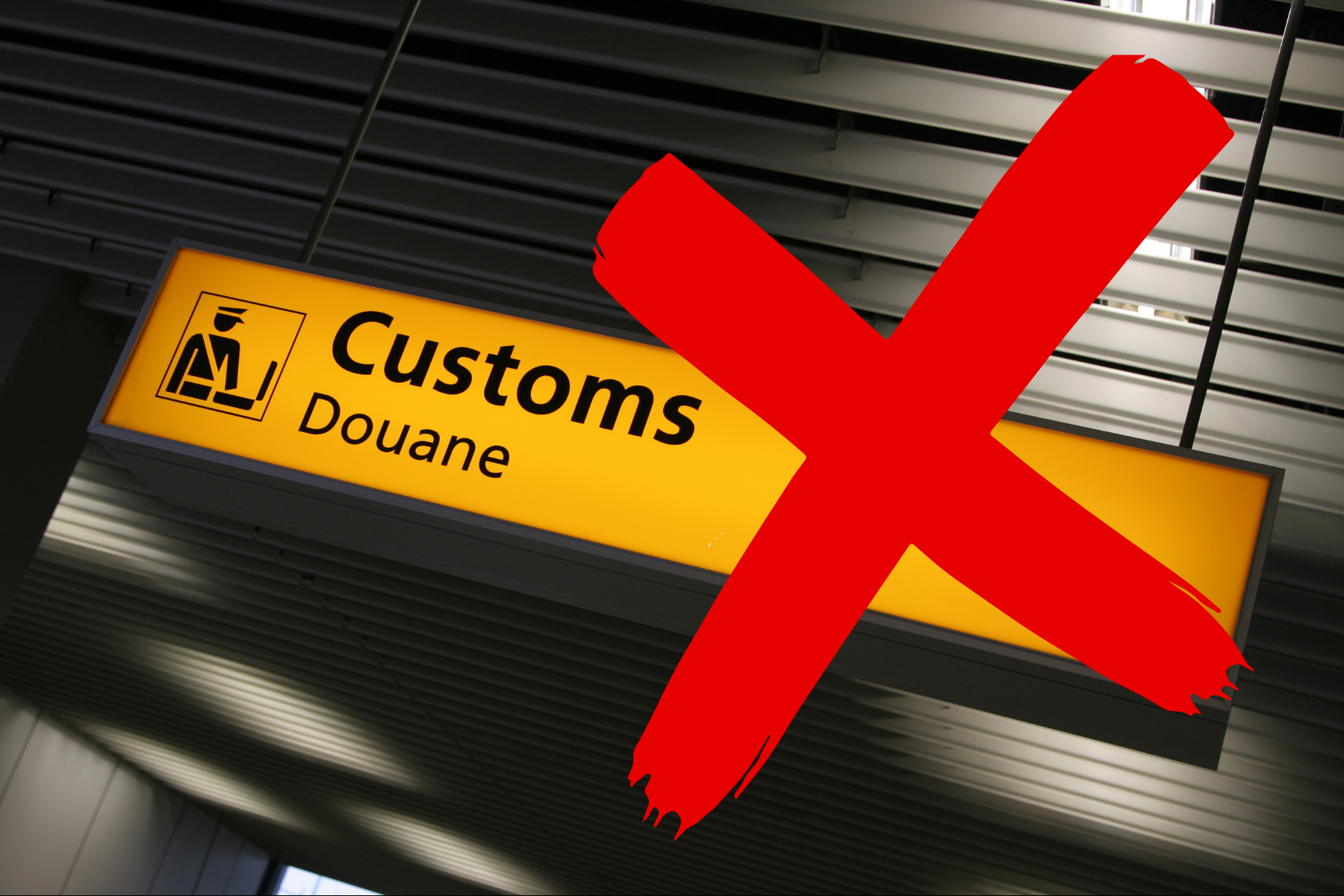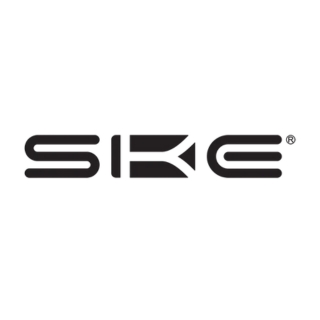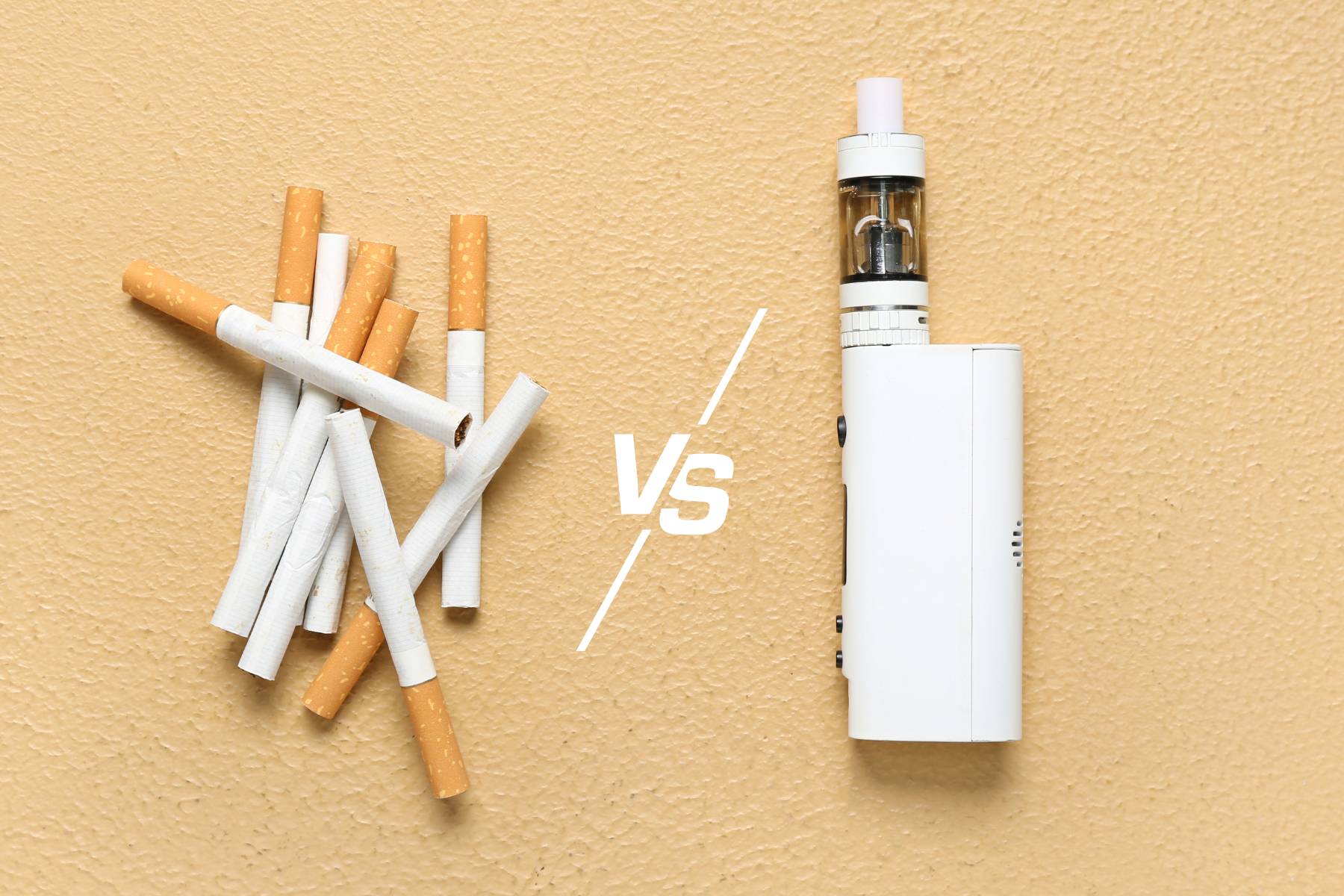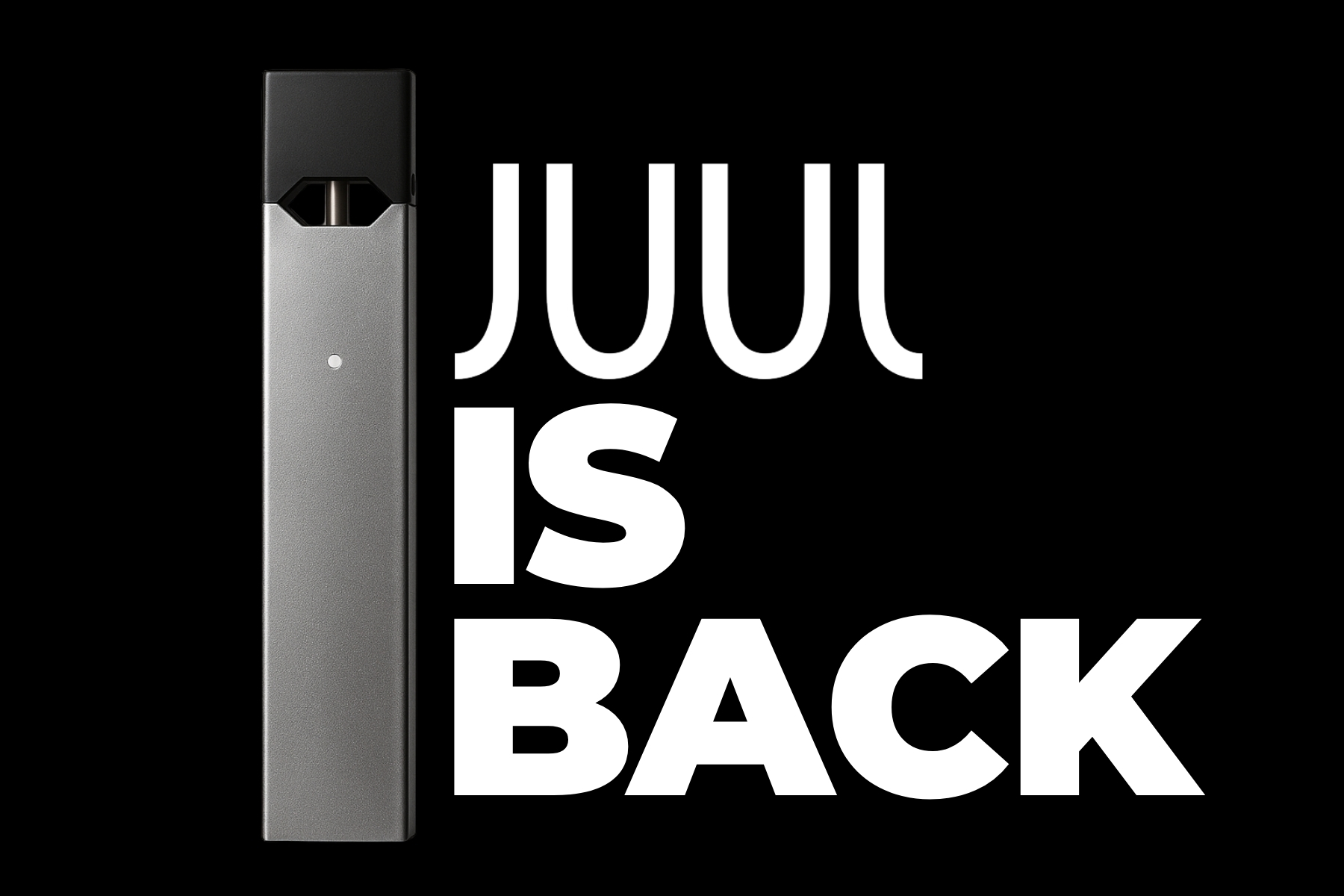In a sweeping enforcement action this week, the U.S. Food and Drug Administration (FDA) and U.S. Customs and Border Protection (CBP) seized 4.7 million unauthorized e‑cigarette units valued at $86.5 million. The operation, based in Chicago, marks the largest seizure of illegal vaping devices in U.S. history.
What Happened
Federal officials targeted incoming shipments that lacked FDA premarket authorization. Nearly all intercepted products came from China. Many were described with vague or misleading labels and incorrect values to evade scrutiny and duties. This year alone, agencies say they have blocked over 6 million unauthorized e‑cigarette units with a combined retail value exceeding $120 million.
Why It Matters
Only e‑cigarette products with FDA authorization may be legally marketed in the U.S. These unauthorized devices may pose unknown risks. They also undercut companies complying with the regulatory framework. The move sends a strong message: the federal government is intensifying crackdowns on illegal e‑cigarettes, especially those likely to reach youth markets.
Challenges & Enforcement Gaps
While the seizure is historic, enforcement remains complex:
- Identifying imports masked by deceptive labeling
- Tracking distribution once devices enter U.S. soil
- Ensuring that retailers stop selling previously imported illegal stock
Critics remind that seizures are reactive. Sustainable impact requires upstream control of smuggling routes and strong retailer oversight.
Stefan’s Take
This seizure is a win for compliance-minded players and public safety. But it’s a signal flare, not the whole solution. Unless the supply chain is sealed off, tomorrow’s illegal vapes will slip through new routes. Yes, bravo to the authorities. But the fight against youth vaping and unregulated products only deepens from here.






















